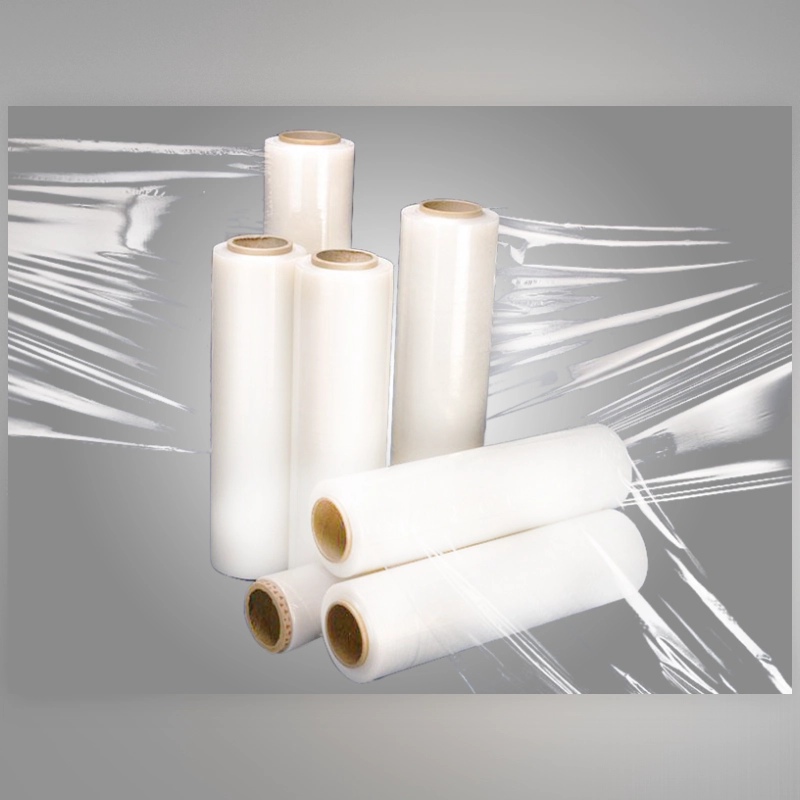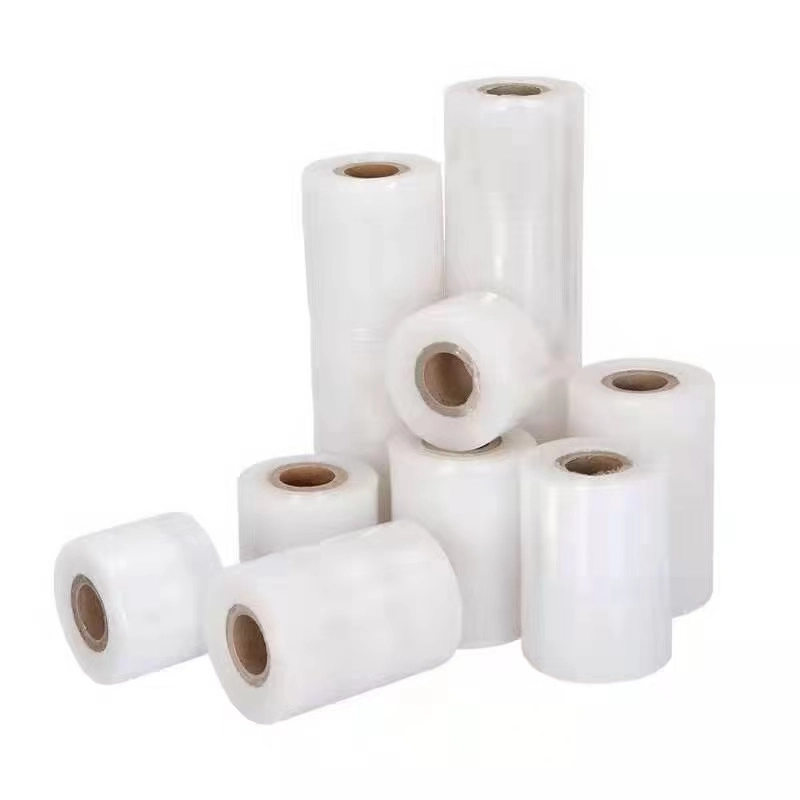Hand Stretch Film vs. Machine Stretch Film: Which One Should You Use?
Release time: 2025-09-17
Table of Contents
When it comes to securing pallets and products for storage or shipment, stretch film is a common solution. But not all stretch films are the same. The two main types—hand stretch film and machine stretch film—serve different purposes, and choosing the right one can save you time, money, and hassle. Here’s a simple guide to help you decide which type is best for your needs.

1. Hand Stretch Film: Flexibility and Convenience
Hand stretch film is applied manually using a hand dispenser. It is ideal for:
Small or irregularly shaped loads
Occasional use or low-volume operations
Situations where mobility is needed, such as wrapping pallets in different areas of a warehouse
Advantages:
Low initial cost
Easy to use and adjust tension by hand
Suitable for quick, small-scale jobs
Limitations:
Slower than machine wrapping for large volumes
Requires physical effort, which can be tiring for warehouse staff
May result in inconsistent tension if not applied carefully
2. Machine Stretch Film: Speed and Consistency
Machine stretch film is designed for automatic or semi-automatic stretch wrapping machines. It is ideal for:
High-volume operations, such as large warehouses or production lines
Uniform loads that require consistent wrapping quality
Reducing labor costs and improving efficiency
Advantages:
Fast and consistent wrapping
Uses less film due to controlled pre-stretch technology
Reduces physical strain on workers
Limitations:
Higher initial investment for the machine
Less flexible for irregular or odd-shaped loads
Requires space for installation and maintenance
3. Factors to Consider When Choosing
When deciding between hand and machine stretch film, consider these factors:
- Volume of operations: High-volume operations often benefit from machines, while low-volume or ad-hoc wrapping is fine with hand film.
- Load size and shape: Irregular or small loads are easier to handle manually.
- Budget: Hand film has a lower upfront cost, while machine wrapping saves money in the long run through reduced labor and film usage.
- Warehouse layout: If space is limited, hand wrapping may be more practical.
4. Combining Both Approaches
Many businesses use both types depending on the situation. For example, machine stretch film handles the bulk of pallet wrapping, while hand stretch film is reserved for special or irregular loads. This combination ensures efficiency, cost savings, and flexibility.
Conclusion
Both hand and machine stretch film have their place in modern warehousing and logistics. Hand stretch film is flexible, cost-effective, and suitable for small-scale operations, while machine stretch film offers speed, consistency, and labor savings for high-volume production. By understanding your operation’s volume, load types, budget, and layout, you can choose the solution that best meets your needs.


